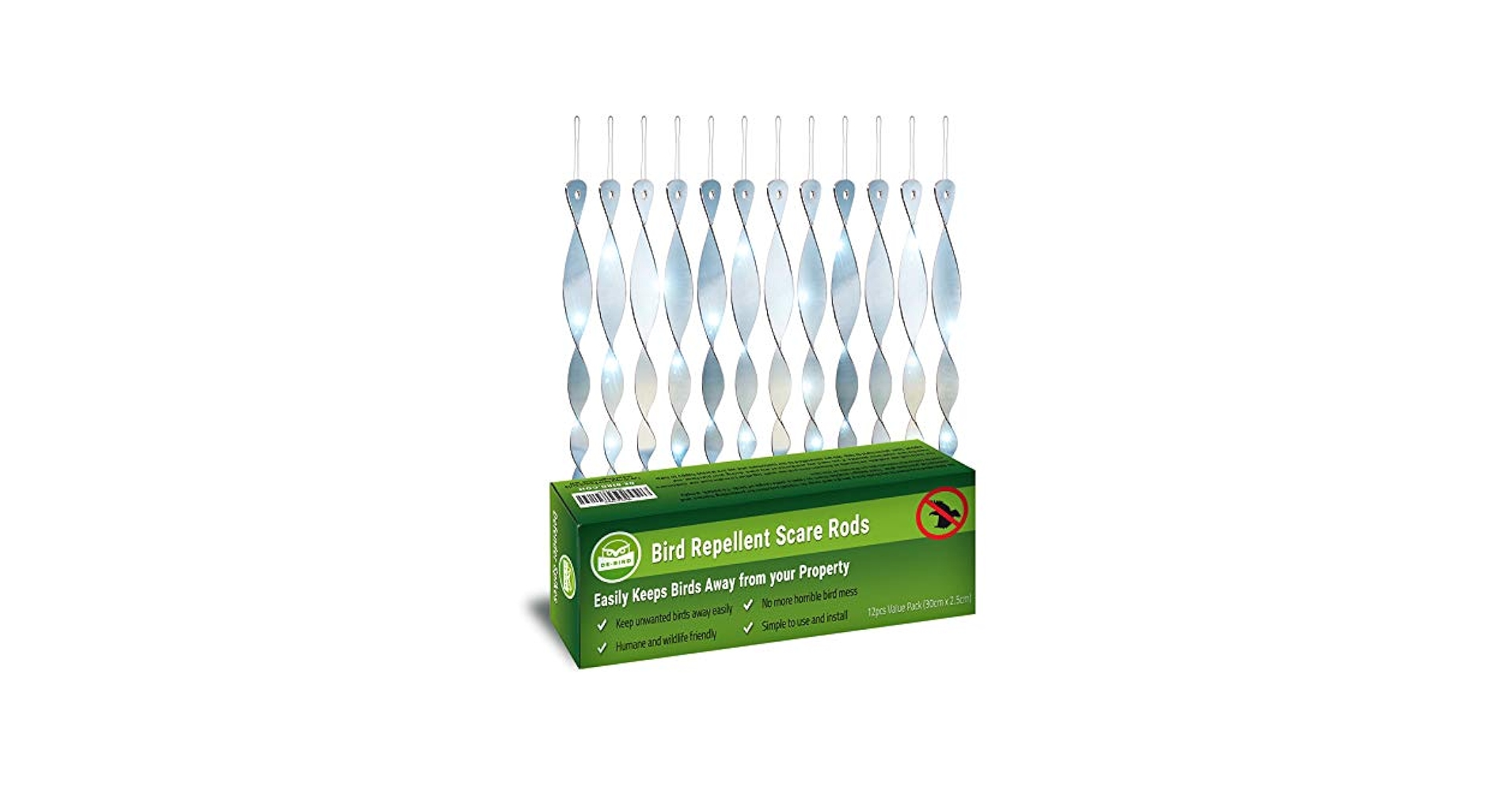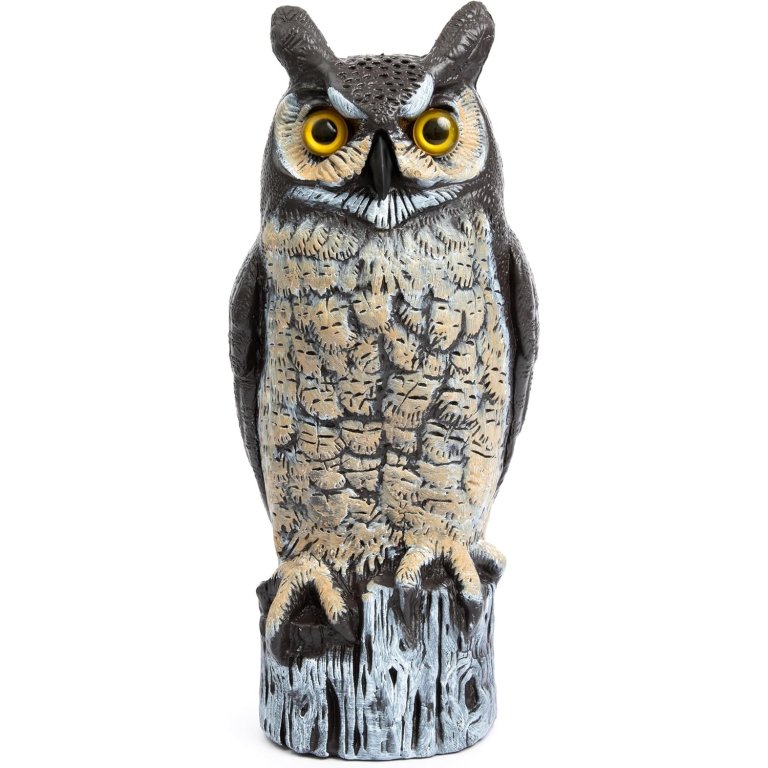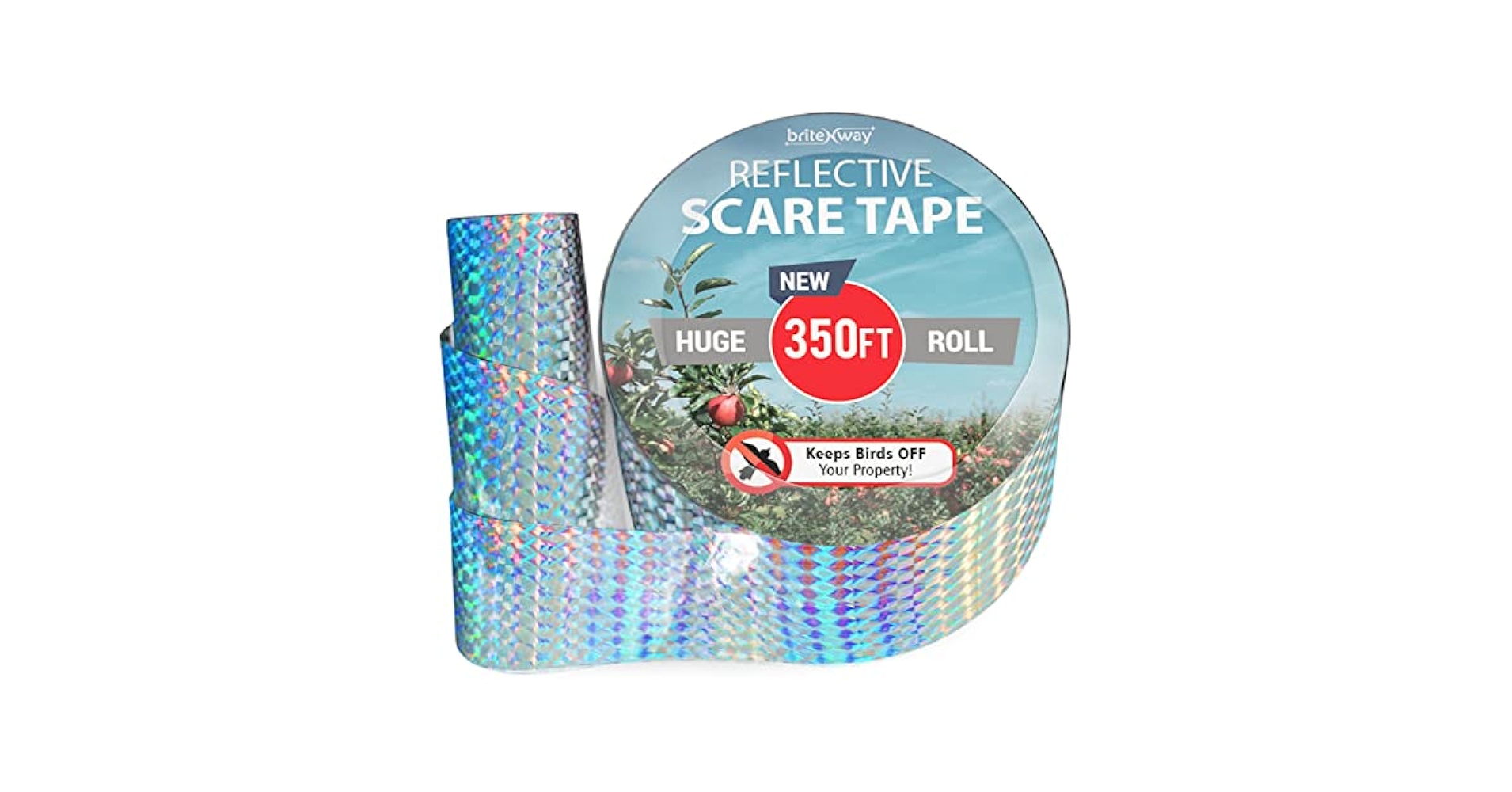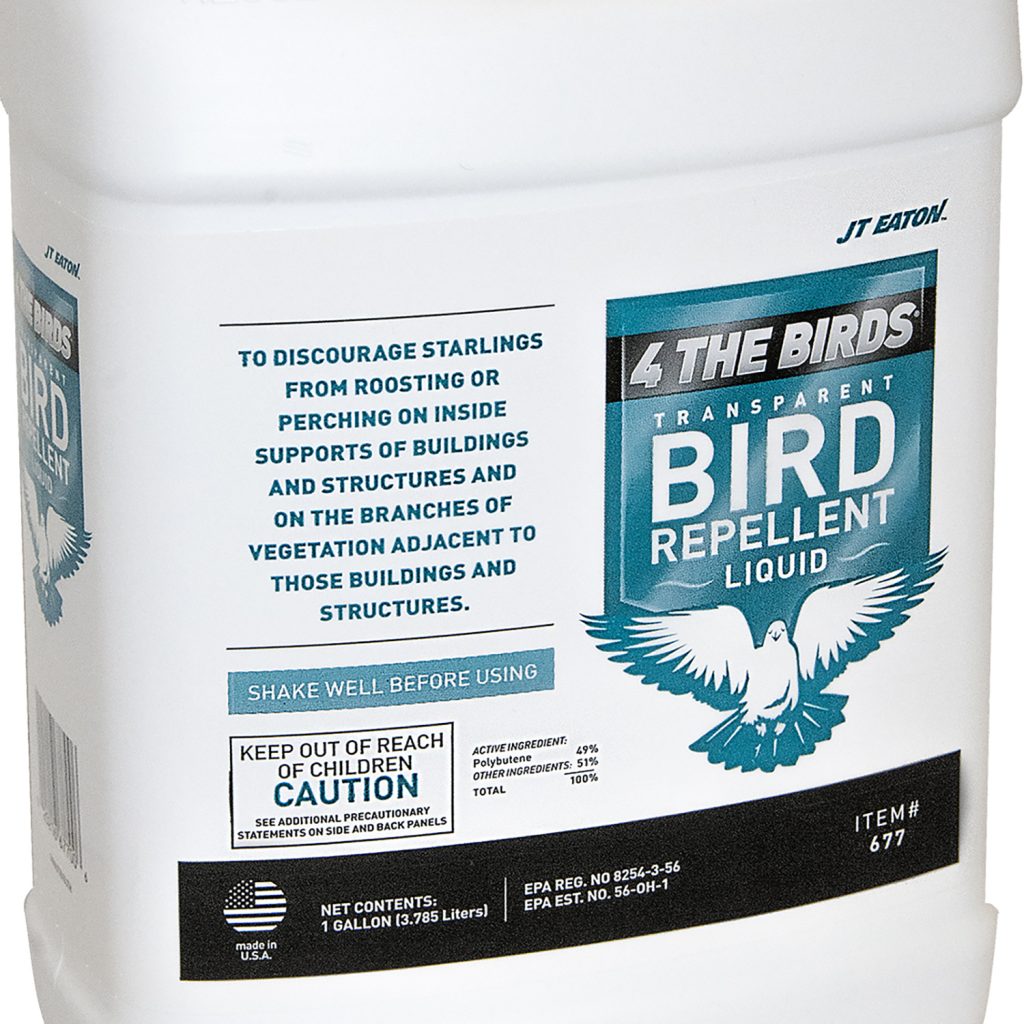Are birds constantly invading your space and causing trouble? You’re not alone.
Finding the best bird repellent can feel confusing with so many options out there. But what if you could quickly discover the most effective way to keep those pesky birds away—without harming them or your property? You’ll learn exactly which bird repellents work best and how to choose the right one for your needs.
Keep reading, and say goodbye to unwanted feathered visitors for good.

Credit: www.amazon.com
Types Of Bird Repellents
Visual deterrentsuse sights to scare birds away. Common types include shiny objects, reflective tape, and fake predators like owls or hawks. Birds see these and feel threatened, so they avoid the area.
Auditory devicesproduce sounds that birds dislike. These can be distress calls or loud noises. They work best in open spaces but may disturb neighbors.
Physical barriersstop birds from landing or entering spaces. Examples include nets, spikes, and wire meshes. These are very effective for protecting buildings and gardens.
Chemical repellentsuse smells or tastes that birds find unpleasant. These sprays or gels make surfaces unattractive to birds. They need regular reapplication, especially after rain.
Electronic solutionsuse technology like ultrasonic sounds or motion sensors. These devices detect birds and activate deterrents automatically. They are easy to set up and can work day and night.

Credit: www.bobvila.com
Factors To Consider
Different birds need different repellents. Some repellents work better on pigeons, others on sparrows or crows. Knowing the target bird specieshelps choose the right product.
The environment and locationmatter too. Urban areas, farms, or gardens all need different types of repellents. Some work best indoors, others outdoors.
Always check if the repellent is safe for humans and pets. Chemicals can harm children, dogs, or cats. Look for non-toxic options for safety.
The effectiveness durationvaries. Some repellents last weeks, others only days. Choose one that fits how long you want protection.
Cost and maintenanceare important. Some repellents need frequent replacement or care. Others are more expensive but last longer. Balance price with ease of use.
Top Bird Repellent Products
Choosing the best bird repellent depends on the type of bird and area you want to protect. Effective products include spikes, gels, and ultrasonic devices that keep birds away safely. Finding the right solution helps prevent damage and mess caused by unwanted birds.
Best Visual Repellents
- Reflective tapesscare birds with shiny light flashes.
- Scare-eye balloonsmimic predator eyes to frighten birds.
- Decoy birdslike owls or hawks create fear in pests.
Best Sound-based Repellents
- Ultrasonic devicesemit sounds birds dislike but humans can’t hear.
- Predator callsplay real bird distress or hawk sounds.
- Noise machinesmake random loud sounds to disturb birds.
Best Physical Barriers
- Bird spikesstop birds from landing on ledges and roofs.
- Nettingblocks birds from entering gardens or fruit trees.
- Wire cagesprotect small areas like vents or chimneys.
Best Chemical Options
| Chemical | Effect | Safe for Plants |
|---|---|---|
| Bird Repellent Gel | Sticky surface feels bad to birds, keeping them away. | Yes |
| Bird Repellent Spray | Smells bad or tastes bad to birds. | Depends on formula |
| Capsaicin-based repellents | Hot pepper ingredient irritates birds without harming them. | Yes |
Diy Bird Repellent Ideas
Create visual scares using shiny objects. Hang CDs or aluminum foil strips. These reflect light and confuse birds. Use colored ribbons for more effect. Scarecrow figures can also deter birds. Make them look lifelike. Owls or hawks statues are effective. Birds avoid predators instinctively.
Mix vinegar with water for a spray. Birds dislike the smell. Chili pepper mixed with water works too. Spray on plants or areas. Essential oils like peppermint or lemon can repel birds. Use a few drops in water. Spray around bird-prone zones. Keep the mixture away from edible plants.
Use netting to cover plants or areas. Birds can’t access food or nests. Spikes on fences deter birds from landing. Wire mesh can protect fruit trees. Birds can’t reach the fruit. Tapes or strings can block bird paths. Birds avoid these obstacles. Keep the areas safe and bird-free.
Common Mistakes To Avoid
Birds have specific habits and patterns. Ignoring these can make repellents less effective. Learn about the types of birds and their behavior. This helps in choosing the right repellent.
Using harmful substances can hurt birds and other animals. It may also damage plants and surfaces. Always select safe and eco-friendly products.
Bird repellents need regular care. Neglecting maintenance can cause them to fail. Check devices often and replace worn parts. Clean areas where birds gather to keep repellents working well.

Credit: www.amazon.com
Frequently Asked Questions
What Are The Most Effective Bird Repellents?
The most effective bird repellents include spikes, ultrasonic devices, and visual deterrents. These methods prevent birds from landing or nesting. Combining repellents often increases success. Choose based on bird species and location for best results.
Are Ultrasonic Bird Repellents Safe For Humans?
Yes, ultrasonic bird repellents are safe for humans. They emit high-frequency sounds only birds hear. These sounds deter birds without causing harm. Ultrasonic devices are eco-friendly and humane bird control options.
How Long Do Bird Repellent Effects Last?
Bird repellent effects vary by type and conditions. Visual and ultrasonic repellents work immediately but may need repositioning. Spikes and gels provide long-term protection. Regular maintenance ensures continued effectiveness against birds.
Can Bird Repellents Harm The Environment?
Most modern bird repellents are eco-friendly and non-toxic. Physical deterrents like spikes do not harm birds. Chemical repellents should be used cautiously to avoid environmental damage. Always choose humane, environmentally safe products.
Conclusion
Choosing the best bird repellent depends on your needs and environment. Different methods work for different birds and places. Physical barriers stop birds from landing. Sound and visual repellents scare birds away. Natural options keep your space safe and clean.
Test a few to find what works best for you. Keep trying until birds stay away. Protect your home or garden with the right repellent today.
